Our Water is Life Kenya team has led many projects across Kajiado County, Kenya, including clean water projects and Livestock as a Business (LAB) trainings. However, some women were excluded from training: impoverished women who couldn’t afford group membership fees. Often, these individuals were widows.
Aware that these widows were vulnerable, our team strategized about how best to support them. It was when recent land use laws changed that we sprang into action. The law caused the Maasai Group Ranches—areas like Indian Reservations where many Maasai communities lived—to be subdivided, so each individual would have to pay a fee to obtain a title for their land. This would have prevented many widows, who have little cash, from acquiring land. Boosted by the generosity of a WILK patron, we paid the fees for 65 women to acquire deeds to land.
Helping these women secure land was the first step to investing in their future. But owning land cannot solve the cashflow problem these women face. We needed a solution to help widows support themselves and their children now. This is how Hope for Widows was born.
The Hope for Widows Program
The Hope for Widows pilot program began in the summer of 2022 and was based on the LAB methodology, with several clear distinctions. In the LAB program, our team heads out to remote villages to teach livestock-keeping groups through interactive training sessions. We help these groups organize, petition to become a recognized group by the local government, and learn best-practice livestock management techniques. The LAB program works with groups, gives microloans to these groups, and helps groups establish working relationships and connections to other groups that remain after graduation. These groups work together for many years, long after LAB trainings have finished.
Hope for Widows follows the same teaching pedagogy as LAB, but differs in that it works with individuals. Training sessions involve elements of group education, but the goal is to teach individuals real-life skills that help their small business ventures. In the pilot program, 40 women throughout two regions—Amboseli and Kilimanjaro—gathered for eight of these training sessions. Of course, widows from different regions have different needs, so widows from Amboseli and Kilimanjaro regions met separately.
After these sessions, each widow received three goats—one male and two females—and a grant of $200. Goats are hardy and act as a long-term savings account. When kept healthy, they reproduce and mature, increasing savings exponentially. The grant was to jumpstart their small business ventures. This short-term cash infusion was important, as many widows were breaking even and unable to grow their ventures.
The focus on individuals has been a cornerstone of the Hope for Widows program, as each widow has specific needs. However, widows in each region have similar needs. To better understand how we sought to help these women, a profile for each group has been provided below.
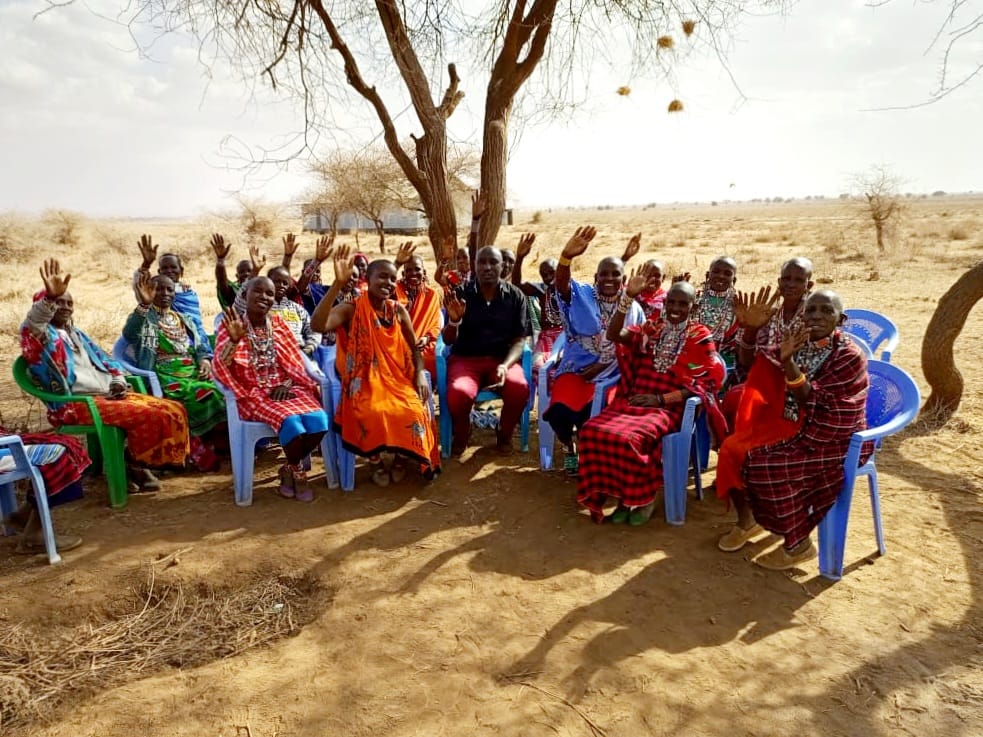
The Amboseli Widows
One of our regional groups of widows live around Amboseli National Park, a region world-famous for its wildlife and natural beauty. Amboseli widows have two primary means of generating income: livestock and tourism. While livestock requires daily attention and maintenance, tourism is a seasonal business. These women are well versed in business, with most already a part of some livestock or tourism operation. But neither of these provide steady streams of cash needed to pay for daily needs.
During our training sessions, these women came together from the surrounding area, shared their experiences, and developed close relationships. Like the participants in the LAB program, these women organically formed a tight-knit group on their own. They decided that they would continue to work together outside of the trainings, as a group, pooling their resources and contributing to “merry-go-round” savings system, familiar to many around Amboseli. Essentially, each week every woman contributes a certain amount of cash. Every week the collected cash is given to one woman in the group, allowing her enough capital to pay for larger business expenses. Because the recipients rotate regularly, no one person risks a loss of income; everybody gets a periodic much-needed cash infusion.
The Amboseli women also raise vegetable gardens, which at first seems outside the scope of their livestock businesses. These “gardens” begin in kitchen sacks and prevent the women from having to purchase as much food as they normally would. The saved money is used towards expanding their businesses which, in turn, generates more profit. Kitchen gardens have, in a sense, diversified their portfolios.
By combining livestock income with vegetable production, the Amboseli women have created a working environment that supports them individually and collectively. They pair their education from the Hope for Widows program with what they already know about raising small livestock to build businesses that provide a steady stream of income.
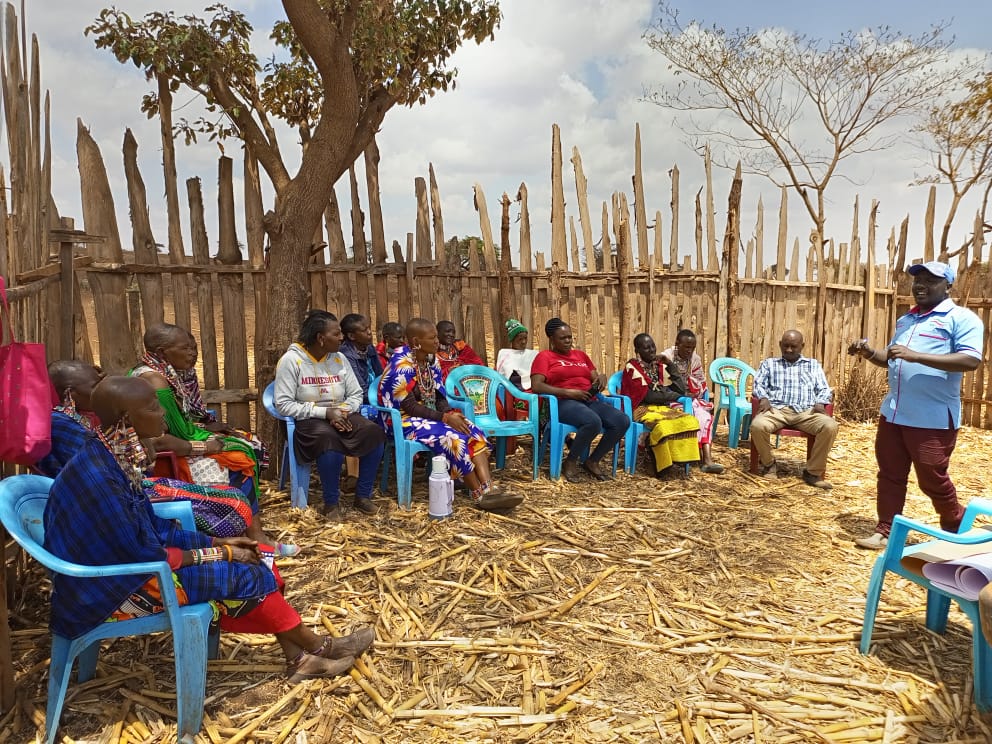
The Kilimanjaro Highland Widows
The second Hope for Widows group comes from the highlands near Mount Kilimanjaro. These women have found unique ways to use their training to increase profits. Unlike the Amboseli group, the Kilimanjaro women don’t have tourism to rely on, so the focus has mainly been on crop farming. HFW program provided additional training in agricultural best practices such as soil preparation, soil analysis, and seed selection for widows to improve their farming business. We’re going to look at two women who have developed their own ways to succeed in their food-selling business as a result of their training with the Hope for Widows team.
One woman has focused on buying, growing, and selling maize in her community. Maize is a staple crop used in various traditional meals every day. It makes sense, then, to buy and sell it to generate profits. Some days she sells up to 90kg of maize, which in turn gives her a chance to invest in more grain as well as save money for future expansion.
Another woman has used made enough money that she now can lend it and gain interest in return. This is profitable not just because it’s a method that historically has worked, but also because it requires no additional output of resources. That means she can both focus on her business as well as collect interest on borrowed funds.
The success of the Kilimanjaro widows shows that, with some guidance and their own fresh ideas, they can become self-sufficient and take charge of their lives. This trend is just a part of the bigger picture, though. With a little support, the widows in Kenya can develop specific ways to thrive.
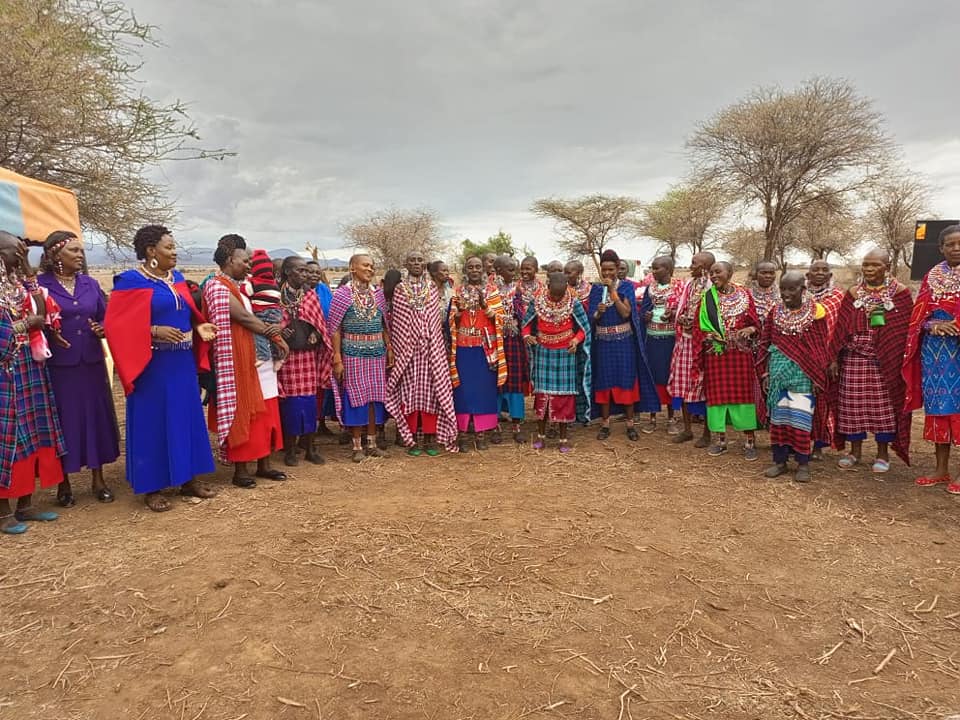
Continuing with Hope for Widows
By providing more than just a cash handout, we’ve given the widows a set of tools they can use to stabilize their living situation and also afford the costs of caring for their children. Based on early results from the Hope for Widows program, we feel confident that we can help more women gain autonomy and business acumen. We hope to train more Maasai widows in Kenya so that they, too, can achieve economic stability so that they are better able to care for their families and themselves.
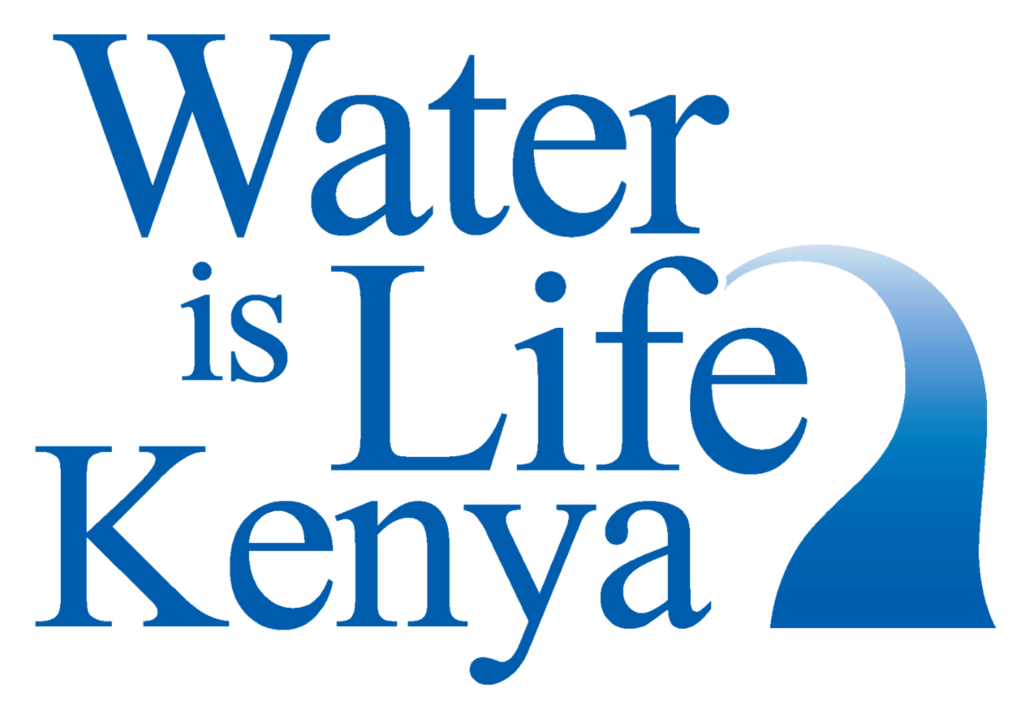
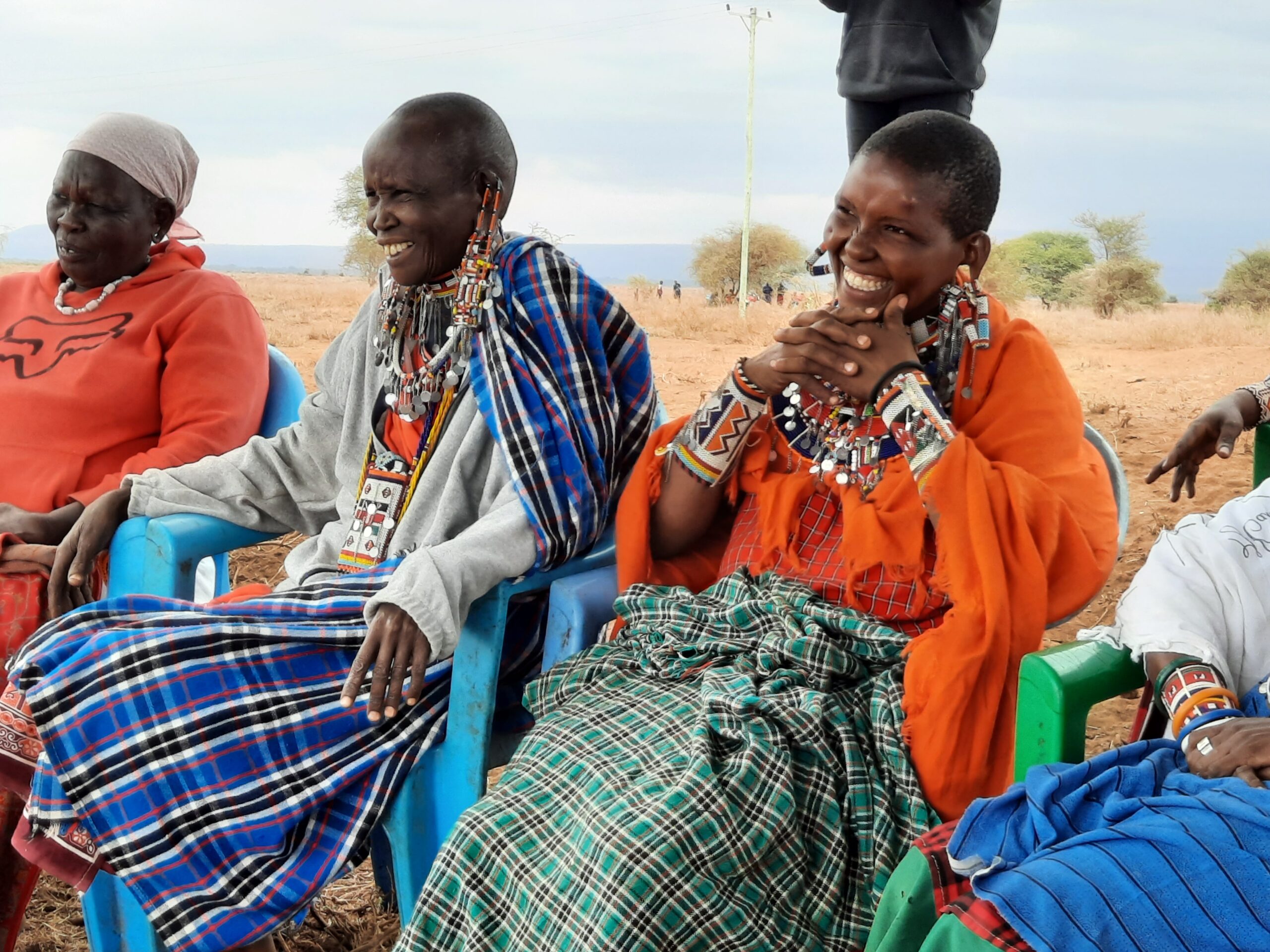
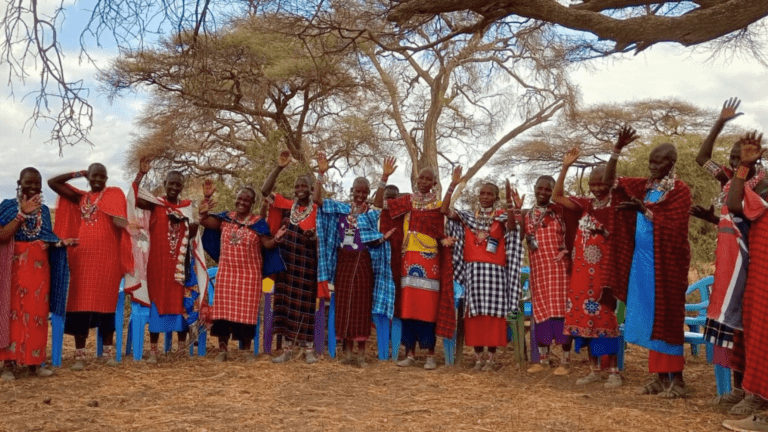
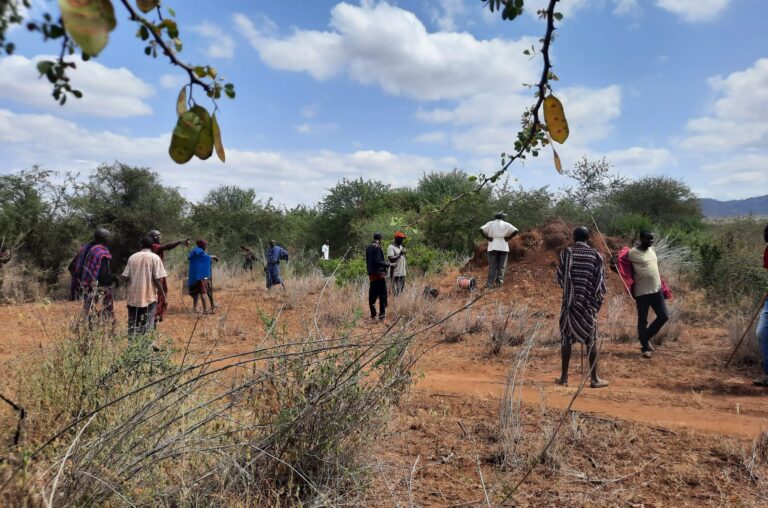


Pingback: Remarkable Kenyan Women, Past and Present | Water is Life Kenya
Pingback: International Widows Day: A Universal Call to Uplift Others
Pingback: w | Water is Life Kenya w